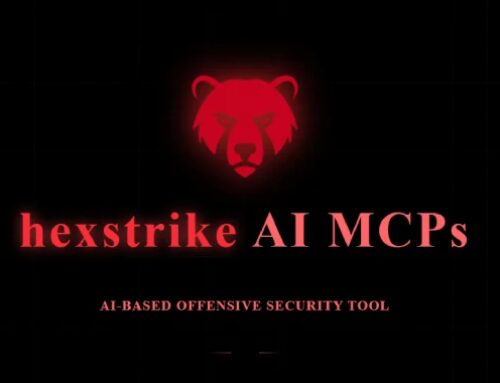In an age where cyber threats are evolving at an unprecedented pace, organizations face a critical challenge: how to transform alerts generated by security systems into actionable insights that bolster their defenses. This dilemma is particularly pronounced within Security Operations Centers (SOCs), where skilled teams strive to maintain the integrity of their infrastructures. The onset of artificial intelligence (AI) has begun to reshape the landscape of security operations, allowing for a more proactive and streamlined approach to threat detection and response.
The Challenge of Alerts
Security operations are inundated with alerts. Advanced security tools such as intrusion detection systems (IDS), security information and event management (SIEM) solutions, and endpoint detection and response (EDR) platforms constantly generate notifications of potential threats. However, not all alerts are equally significant. While it’s essential to investigate alerts, the sheer volume can lead to “alert fatigue,” where SOC analysts become desensitized to notifications, potentially missing critical threats.
The challenge lies in distinguishing between trivial alerts and those that demand immediate action. Historically, this has required analysts sifting through vast amounts of data, a process that is both time-consuming and prone to human error.
Enter AI: A Paradigm Shift
Artificial Intelligence offers powerful capabilities that can fundamentally alter SOC operations. By leveraging machine learning (ML) and data analytics, AI can enhance threat detection, automate responses, and ultimately transform alerts into actionable insights. Here’s how:
1. Enhanced Threat Detection
AI algorithms excel at processing and analyzing vast datasets far beyond human capability. In cybersecurity, they can learn from historical data, identifying patterns and anomalies indicative of malicious activity. These advanced analytical systems can also adapt over time, improving their accuracy as more data becomes available, leading to more precise and relevant alerts.
2. Prioritization of Alerts
With AI, organizations can implement systems that prioritize alerts based on severity, context, and potential impact. Natural language processing (NLP) can also be integrated to assess the urgency of alerts, considering factors such as the nature of the threat or its relationship to ongoing incidents. This prioritization helps SOC analysts focus their efforts on incidents that truly require immediate attention, significantly improving response times.
3. Automated Response Mechanisms
AI-driven security technologies can automate some responses to specific types of alerts, such as isolating compromised devices, blocking suspicious IPs, or even initiating predefined incident response protocols. Automation not only accelerates response times but also reduces the risk of human error in critical situations. Organizations can free up their analysts to focus on higher-level threat hunting and strategic cybersecurity initiatives.
4. Continuous Learning and Adaptation
The cybersecurity landscape is perpetually shifting, with new threats emerging regularly. AI systems can continuously learn from new data points, adapting their models to recognize and respond to novel threats in real-time. This ongoing learning process is crucial for staying ahead of cybercriminals who are constantly developing new tactics, techniques, and procedures (TTPs).
5. Improving Analyst Efficiency
AI tools can assist SOC analysts by providing contextual information, resolving repetitive tasks, and facilitating collaboration among team members. By acting as an augmentation rather than a replacement, these tools empower analysts to make better-informed decisions quickly, thereby enhancing the overall efficiency of the SOC.
6. Enhanced Reporting and Compliance
AI can streamline reporting processes by consolidating data from various sources, generating insights, and creating compliance reports with minimal human intervention. This capability not only saves time but also ensures that organizations maintain compliance with regulatory requirements without adding to the administrative burden on analysts.
Challenges and Considerations
While the benefits of integrating AI into SOCs are significant, there are challenges to overcome. Data privacy, the potential for bias in algorithms, and the need for robust training data are critical concerns that organizations must address. Additionally, striking the right balance between human insight and AI efficiency is essential; technology should augment human expertise rather than replace it entirely.
Conclusion
As the cyber threat landscape continues to evolve, the need for timely and effective responses grows. By harnessing AI within Security Operations Centers, organizations can transform alerts into actionable intelligence, significantly improving their security posture. While there are challenges to address, the integration of technology into operational workflows represents a paradigm shift that can enhance SOC efficiency, empower analysts, and protect organizations against a rapidly changing array of threats. The future of security operations lies in the seamless coexistence of human expertise and advanced technology, paving the way for a more resilient digital landscape.





Deixe o seu comentário